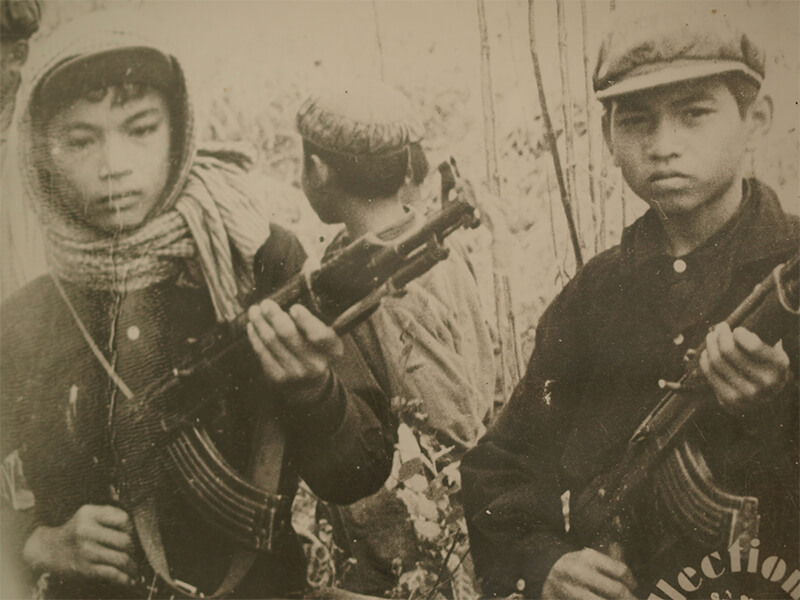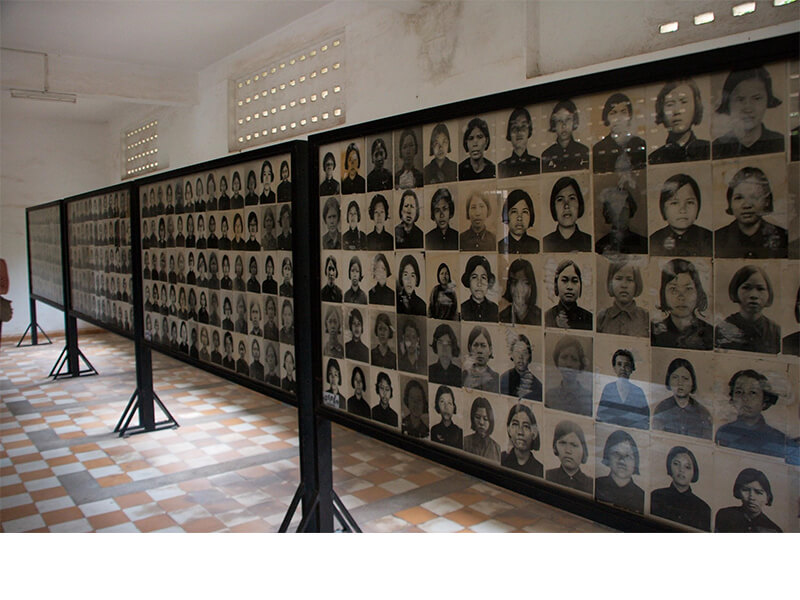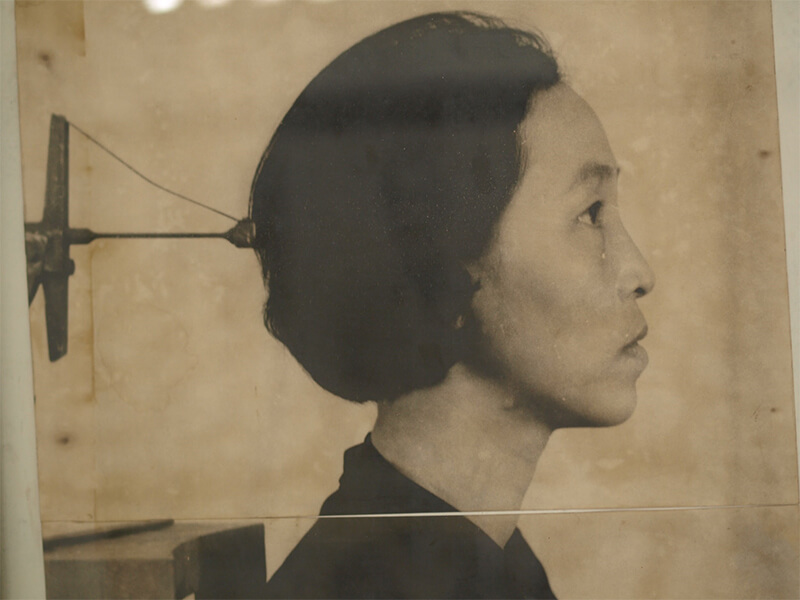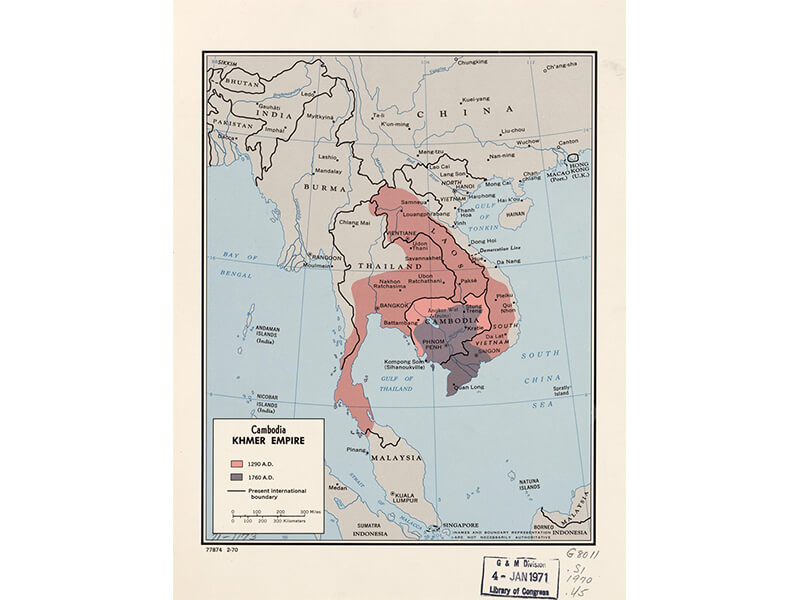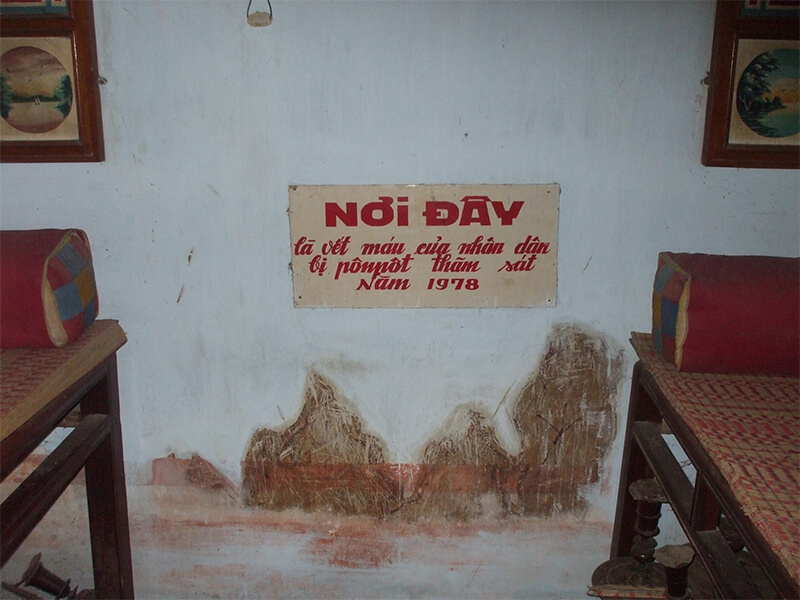education-genocide.ca
education-genocide.ca
Presentation of genocide
Genocide of Chams, Vietnamese and Khmer in Cambodia (PDF, new window)
Chargement de la vidéo...
In this world, I am no longer a person. I have no freedom, no thoughts, no origins, no heritage, no rights; I no longer have a body. I have only a duty: to dissolve into the organization.
If they asked you something and you said anything wrong, or if you protested, you disappeared forever.
